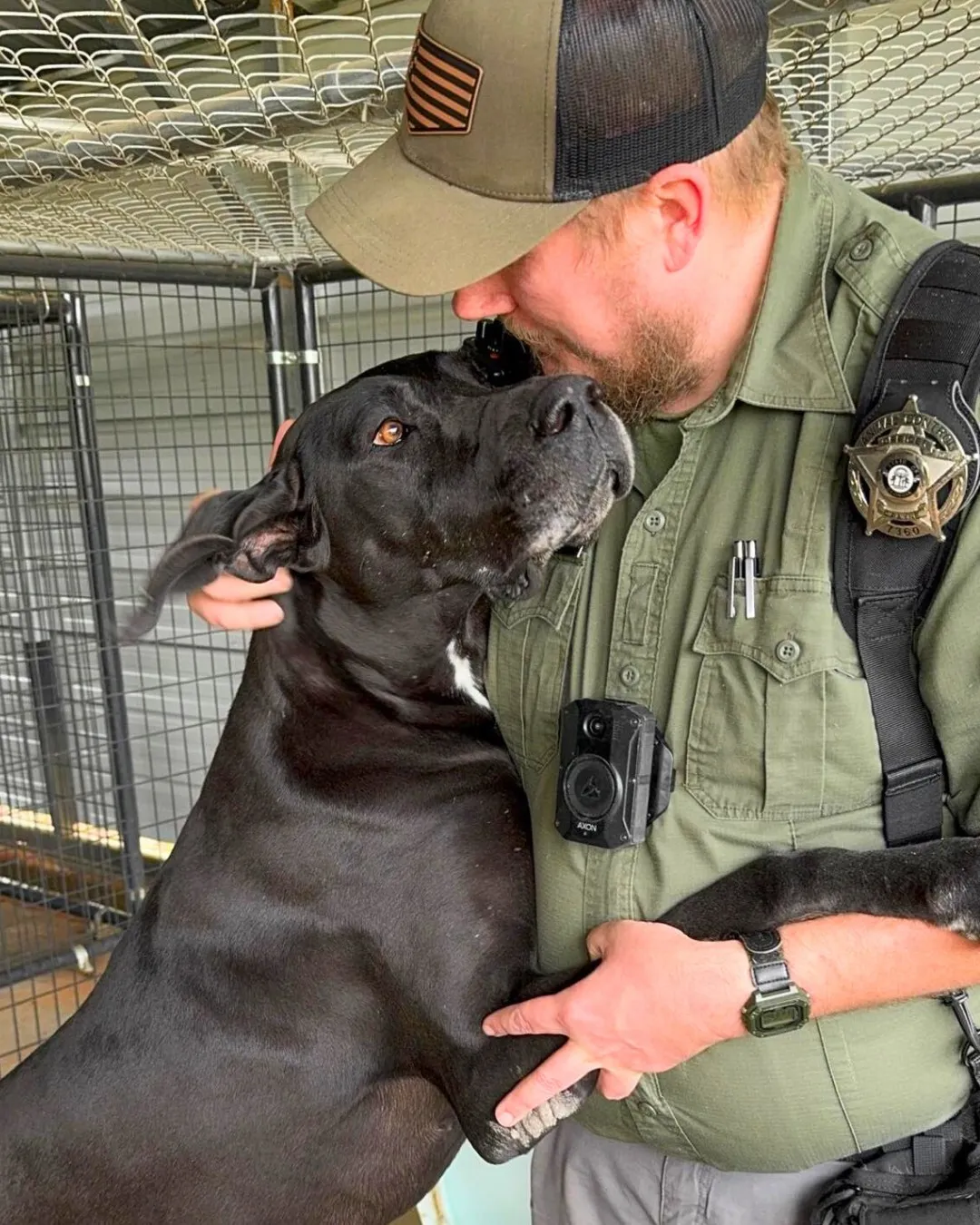The Silent Embrace — Bergen-Belsen, 1945 918

When British troops entered Bergen-Belsen in April 1945, they stepped into a nightmare few could comprehend. The stench of death hung in the air. Thousands of skeletal figures staggered in the mud, barely alive. Piles of bodies lay unburied, mute testimony to months of starvation, disease, and cruelty. It was not just a concentration camp they had liberated, but a landscape of human devastation.
Amid this chaos of despair, one moment unfolded that defied the silence of horror. Two survivors, skeletal and hollow-eyed, caught sight of each other. Recognition flickered across faces once nearly erased by suffering. They did not have the strength to run, nor even the voice to call out. All they could do was move slowly, trembling, toward one another.
When they finally reached each other, they collapsed into an embrace.
It was not a hug of celebration, nor the casual greeting of old friends. It was something deeper, heavier. Their arms wrapped around frail bodies, skin and bone pressing together as if to hold back the abyss. They were too weak to speak. Their silence became the language.

A soldier who witnessed the moment later wrote, “Their silence spoke louder than a thousand words: it was the language of survival.” In that embrace lived all the emotions words could not capture — the relief of being alive, the grief for all that had been lost, the fragile spark of hope that still managed to survive.
The liberation of Bergen-Belsen freed thousands, but freedom could not erase the scars carved into flesh and memory. Typhus, dysentery, and starvation claimed many even after the gates were opened. Yet in that embrace was the undeniable affirmation of life.
It was an image of resilience. Two human beings, reduced to their barest existence, still able to reach out and connect. In a place designed to strip people of their humanity, that embrace was rebellion. It was defiance against dehumanization. It was proof that love, recognition, and solidarity could not be extinguished.
For the soldiers who saw it, the gesture became unforgettable. They had entered expecting to free prisoners; they discovered, instead, survivors teaching them what endurance truly meant.
The silent embrace became more than just a fleeting moment on the grounds of Bergen-Belsen. It became a symbol. Survivors have often said that liberation was not just about the gates being opened, but about rediscovering the touch of another human being — being held, being seen, being reminded that they were not alone.

In those skeletal arms lay the promise of rebuilding. Though their bodies were broken, their humanity was not. That one gesture told the story of millions: of suffering endured, of families torn apart, of friendships clung to in the darkest hours.
It also told the story of survival. Not survival in the physical sense alone, but in the survival of compassion, of love, of the simple need to be close to another. In the silence of that embrace, there was testimony stronger than any spoken word.
Today, as we reflect on Bergen-Belsen and all camps like it, the silent embrace remains a lesson. It reminds us that even in the face of unimaginable cruelty, the human spirit is not extinguished. It can be bruised, battered, nearly destroyed — but it endures.
That endurance matters. Because history is not just about the cruelty of perpetrators, but about the resilience of those who endured. Their silence tells us something essential: that survival is not only physical, but emotional, spiritual, communal.
The embrace on that day in 1945 is still speaking to us. It whispers of relief, of sorrow, of hope. It tells us that in the ashes of horror, humanity can still rise. It shows us that sometimes, the deepest truths of history are not recorded in speeches or documents, but in gestures — a hand held, a tear shared, an embrace given.
And so we remember Bergen-Belsen not only for the horror it represented, but also for the humanity that managed to survive there. The embrace remains a symbol of what cannot be destroyed: the bond between human beings.
It is said that when words fail, gestures speak. At Bergen-Belsen, in 1945, the silent embrace of two survivors spoke for all those who could not.
And in that silence, we still hear the voice of resilience, the whisper of hope, and the unyielding truth that the human spirit never fades. 🕊️
From Fear to Trust: The Hug That Changed a Great Dane’s Life Forever 172


For years, her world was little more than concrete walls, metal bars, and the deafening chorus of barks echoing through a crowded shelter. Day after day, she waited in that space — fed, but never truly cared for. Surviving, but never really living.
She was a Great Dane, a gentle giant by nature, yet life had never given her the chance to feel gentleness. Visitors passed by without a glance. Families came looking for puppies or “easier” dogs. And so she stayed, quietly fading into the background, with no real comfort and no promise of tomorrow.
Shelter workers often noticed her wary eyes, the way she pulled back when hands reached toward her kennel. It wasn’t aggression. It was fear. Fear born from too much neglect, too many days where kindness was absent, too many nights where she lay alone, longing for something she didn’t understand but instinctively craved: love.
Then came the day when danger crept too close. Her future teetered on the edge, as so many long-term shelter dogs’ lives do. In that moment, her story could have ended in silence, her years of waiting erased without ever knowing what it felt like to be cherished.
But fate had another plan.

A volunteer stepped into her world, not with demands or expectations, but with quiet patience. They knelt down, extended a hand, and simply waited. The Great Dane hesitated, her massive frame trembling as if the weight of her fear was too much to bear. Then, slowly, she inched forward.
And in that fragile step, everything changed.
When the volunteer’s arms finally wrapped around her, she froze — unsure, unaccustomed to the sensation of tenderness. But then something remarkable happened. Instead of pulling away, she leaned in. Her body, once rigid with fear, softened. Her breathing slowed. Her eyes closed.
It was a hug. A simple embrace that, for her, meant everything.
Those watching said it was as if she was clinging to that moment, terrified to let go — not because she feared the person, but because she feared losing the only love she had ever felt. For the first time in her life, she wasn’t just surviving. She was safe.
And in that hug, she seemed to understand what she had been waiting for all along.

The shelter staff described the transformation as instant. “Her eyes just changed,” one worker said. “It was like she finally believed she mattered.” From that day forward, she began to trust. Her tail wagged timidly when familiar faces approached. She started to play. She allowed herself to hope.
Stories like hers are a reminder of the hidden heartbreak in shelters across the world. Dogs who have endured neglect, abandonment, or simply years of being overlooked are not broken — they are waiting. Waiting for someone to see them, to reach past their fear, and to remind them that love exists.
This Great Dane’s story did not end with fear. It began again with a hug. A hug that unlocked her heart, that told her she was worthy, and that gave her a glimpse of the life she deserved.
And while her journey is not yet complete, one thing is certain: she will never again wonder if kindness exists. She has felt it. She has held onto it. And she will carry it with her into whatever future comes next.
Because sometimes, one hug is all it takes to turn a lifetime of fear into the beginning of love.





